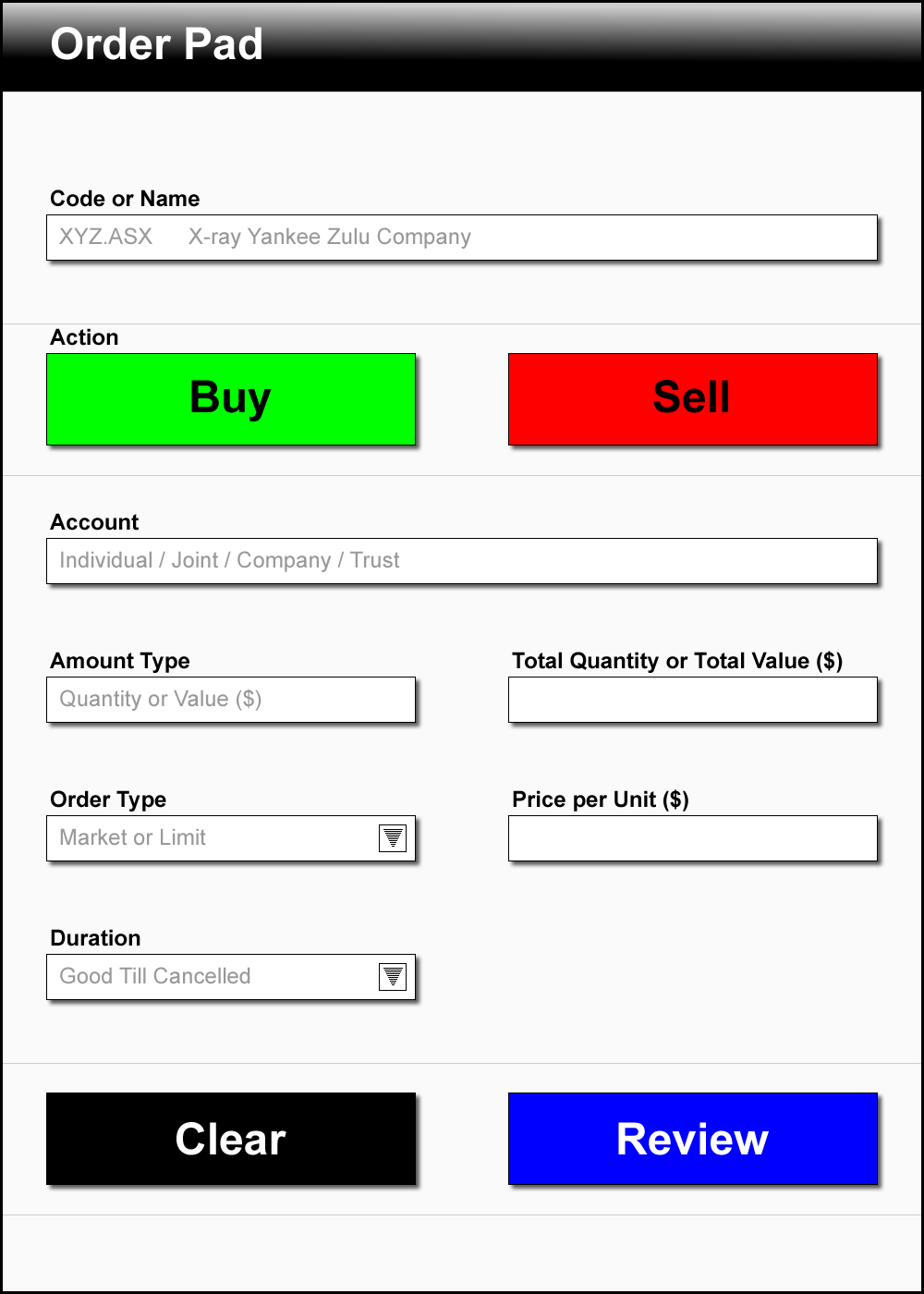

Net Asset Value (NAV) is a key financial metric used to measure the value of an investment fund, such as a mutual fund, exchange-traded fund (ETF), or hedge fund. NAV represents the per-share value of a fund’s assets, minus its liabilities, and is often used to determine the price at which investors buy and sell shares in the fund. It provides investors with an understanding of the underlying value of the assets held by the fund.
NAV is particularly important in the context of investment funds, as it directly reflects the current value of the fund’s holdings and is essential for calculating the performance of the fund over time.
The formula for calculating NAV is as follows:
Where:
To understand how NAV is calculated, consider the following steps:
So, the NAV of the fund is $14 per share.
NAV plays a crucial role in the following ways:
In mutual funds, the NAV is calculated once a day at the close of the market, usually after the market closes (e.g., 4:00 PM ET in the United States). The NAV reflects the value of the fund’s portfolio at that time and is used to determine the price at which investors can buy or sell shares.
For example:
NAV for Mutual Funds = Total Market Value of Assets – Total Liabilities / Number of Outstanding Shares
For Exchange-Traded Funds (ETFs), NAV plays a slightly different role. While the NAV calculation for an ETF is also done daily, ETFs trade on stock exchanges like individual stocks throughout the trading day. The price of an ETF on the exchange may fluctuate based on supply and demand in the market, and it might trade at a premium or discount to its NAV.
For example, if the NAV of an ETF is $50, but market demand is high, the ETF might trade at $52. Conversely, if demand is low, it could trade at $48.
However, the NAV per share is still used by investors as a reference point for the underlying value of the ETF’s assets.
In hedge funds, NAV is calculated similarly to mutual funds and ETFs, but it can be more complex due to the nature of the investments involved (e.g., private equity, derivatives, or illiquid assets). Hedge funds often use a quarterly or monthly valuation for their NAV, depending on the fund’s strategy and reporting practices.
The following factors can impact the NAV of a fund:
Here’s how NAV is used in real-world scenarios:
While NAV is an important metric, it has some limitations:
Net Asset Value (NAV) is a critical measure for understanding the value of an investment fund. By providing an accurate calculation of the per-share value of a fund’s assets, minus liabilities, NAV helps investors assess the performance and value of mutual funds, ETFs, and other pooled investments. It is important to remember that NAV is calculated daily for mutual funds and ETFs, and can fluctuate based on changes in the market value of assets and liabilities. Despite its
importance, investors should use NAV in conjunction with other metrics and due diligence to make informed investment decisions.
$$NAV=\left[(Market\;Value\;of\;Assets-Liabilities)\over Shares\;Outstanding\right]$$
$$\begin{aligned} APR &= \left [HPR \over T \right] \end{aligned}$$
Another piece of fundamental analysis to help you assess the value of a share is a company’s price to earnings, or P/E ratio.
A P/E ratio is basically the amount investors are willing to pay for a share in a company, relative to its earnings.
Put another way, it shows how many years it would take for the company’s earnings to match the current price of its shares.
It is worked out by dividing the company’s current share price by its earnings per share.
Current share price ÷ earnings per share = P/E ratio
For example, a company whose shares are trading at $1 and has earnings per share of 10 cents has a PE ratio of 10.
100 (cents) ÷ 10 (cents) = 10
Essentially a P/E ratio reflects the earnings potential of a company in the eyes of investors.
At first glance, a high P/E ratio suggests that investors believe it has high growth potential, whereas a low P/E ratio would indicate that growth is expected to be slow or non-existent.
Historical PE ratios vary from sector to sector and over time. The P/E ratio of the broad Australian share market has for the most part fluctuated between 10 and 20, with a long-term average of around 15.
When share markets and the wider economy are doing well, investors tend to be more confident about the future earnings potential of companies, causing P/E ratios to rise.
The opposite is likely to occur when economic conditions or share markets are not doing so well.
If you are considering buying shares in a company it can be useful to compare its P/E ratio to that of the broader market and particularly other companies in the same sector.
A company with a P/E ratio above all others in its sector could be considered to be expensive and one with a much lower P/E ratio could be considered cheap. Having said that, a higher P/E ratio may be a sign of a company with superior growth prospects.
A company’s current P/E ratio should be considered in conjunction with its previous and forward (projected) P/E ratio and broader financial performance and outlook, as well as that of its peers and the wider market.
Different sectors tend to trade on very different levels of P/E ratios.
For example, slow growth industries like utilities and pharmaceuticals will typically carry low P/E ratios than faster growth industries.
Large, established companies that pay out a large portion of their earnings in dividends are also likely to have lower P/E ratios.
To find the Price-to-Earnings (P/E) ratio of a company, follow these steps:
The market price per share is the current price at which the company’s stock is trading in the market. You can find this price from various sources, such as:
For example, if a company’s stock is trading at $120 per share, that is the market price.
The EPS is a measure of a company’s profitability. It represents the portion of the company’s profit allocated to each outstanding share of common stock. There are two main types of EPS:
Typically, the Trailing EPS is used when calculating the P/E ratio, as it reflects the company’s actual earnings performance.
You can find the EPS in:
EPS is calculated as:
If a company reports Net Income of $10 million and has 5 million shares outstanding, the EPS would be:
Once you have the Market Price per Share and EPS, you can calculate the P/E ratio using this formula:
For example, if the market price per share is $120 and the EPS is $2, the P/E ratio would be:
So, the company’s P/E ratio would be 60, meaning investors are willing to pay 60 times the company’s earnings for each share of stock.
To assess whether a company’s P/E ratio is high or low, it’s useful to compare it to:
This can help determine if the stock is fairly priced, overvalued, or undervalued relative to similar companies.
Example:
Let’s say:
The P/E ratio would be:
This tells you that investors are willing to pay 60 times the company’s earnings for each share of stock. Depending on the industry and market conditions, this could indicate that the stock is highly valued due to growth expectations or other factors.
To find the P/E ratio of a company, you need to:
Understanding the P/E ratio helps evaluate the relative valuation of a company and aids in comparing investment opportunities.
$$\begin{aligned} Price\;to\;Earnings\;Ratio\;(P/E) &= \left[ Share\;Price\over Earnings\;Per\;Share\right]\end{aligned}$$
Holding Period Return (HPR) is a measure of the total return on an investment over a specific period of time, regardless of whether the investment is held for a short or long duration. It takes into account both income earned from the investment (such as dividends or interest) and capital gains or losses due to price changes during the holding period.
HPR is particularly useful for assessing the performance of an investment over a discrete time period, like a year, month, or any other specified time frame. It’s often used in investment analysis to compare the performance of different assets, portfolios, or investment strategies.
The basic formula for calculating the Holding Period Return (HPR) is:
Where:
Example 1: Stock Investment with Dividends
Suppose an investor buys 100 shares of a stock for $50 per share at the beginning of the year. During the year, the stock pays $2 per share in dividends, and by the end of the year, the stock price rises to $60 per share.
Now, plug the values into the HPR formula:
In this case, the Holding Period Return is 24%, meaning the investor achieved a 24% return on the investment over the year, considering both capital appreciation and dividends.
Example 2: Bond Investment with Interest
Let’s assume an investor purchases a bond for $1,000. Over the next year, the bond pays $50 in interest (coupon payment), and the price of the bond rises to $1,050.
Now, apply the HPR formula:
In this case, the Holding Period Return is 10%.
The Holding Period Return is widely used for several reasons:
When an investment is held for less than or more than a year, it is common to annualize the holding period return to make it comparable to annualized returns from other investments. The annualization process adjusts the return to reflect a full year, assuming the investment’s performance over the holding period would continue at the same rate.
To annualize a return, you can use the following formula:
Where:
Example: Annualizing a Six-Month Return
Let’s say an investor has a holding period return of 10% for an investment held for 6 months. To annualize the return, use the formula:
In this example, the annualized holding period return is 21%, assuming the same performance would continue for the full year.
While HPR is a useful measure, it has some limitations:
HPR is often used in the following scenarios:
The Holding Period Return (HPR) is an essential metric for measuring the total return of an investment over a specific period. By including both income and capital gains or losses, HPR provides a comprehensive picture of an investment’s performance. While HPR is a simple and effective tool for performance assessment, investors should be aware of its limitations, including its lack of consideration for compounding, risk, and transaction costs. Annualizing the return can make it more comparable to other investments held over different periods. HPR remains a fundamental calculation for comparing the performance of various assets and for evaluating the success of investment strategies.
$$\begin{aligned} HPR\; &= \left [ Final\;Price\;-\;Original\;Price\;+\;Income \over Original\;Price \right ] \\\\ &= \;\left [ Capital\;Gain\;+\;Dividends \over Original\;Price \right ] \end{aligned}$$
As dividends are paid after a company has paid it’s company tax, the dividend may contain a franking (imputation) credit.
If the dividend is fully franked (100%) investors are entitled to receive the full credit of the tax paid on the dividend as franking (imputation) credits.
Depending on an investors’ individual circumstances, franking credits may be used to decrease the income tax payable by the investor or potentially be received by the investor as a tax refund.
$$ Franking\;Credit = Franked\;Dividend \times \left (Company\;Tax\;Rate \over 1-Company\;Tax\;Rate \right ) $$

See also: Dividends

There are primarily two types of orders placed on the market.